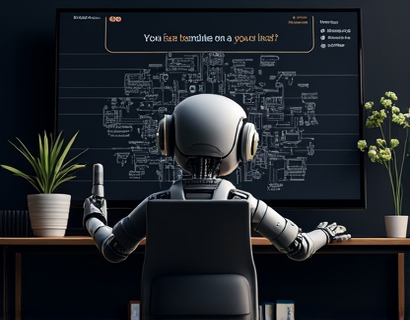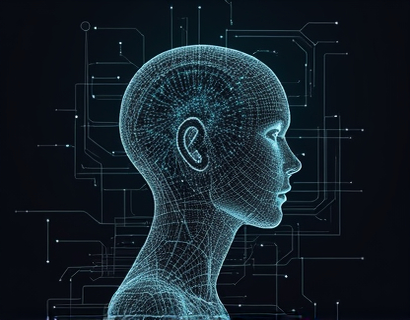AI-Powered Translation Technology: Enhancing Global Communication for Businesses and Individuals
In an increasingly globalized world, the ability to communicate effectively across languages is crucial for businesses and individuals alike. AI-powered translation technology has emerged as a transformative solution, breaking down language barriers and enhancing international interactions. This article delves into the advancements in AI translation tools, their impact on global communication, and how they are reshaping the way we connect across diverse languages and cultures.
Understanding AI-Powered Translation
AI-powered translation technology leverages machine learning algorithms and natural language processing to provide accurate and context-aware translations. Unlike traditional rule-based translation systems, AI models can learn from vast amounts of data, adapting to nuances and idiomatic expressions. This results in more natural and fluent translations that better convey the intended meaning.
The core of AI translation lies in neural machine translation (NMT), a subset of deep learning. NMT uses neural networks to understand and generate translations, significantly improving accuracy and coherence. These models are trained on massive datasets, allowing them to capture the complexities of language, including grammar, syntax, and context.
Benefits for Businesses
For businesses operating in a global market, AI-powered translation tools offer numerous advantages. One of the most significant benefits is the ability to communicate seamlessly with international clients and partners. Accurate translations help build trust and credibility, fostering stronger business relationships.
AI translation tools also enhance market expansion by enabling companies to localize content for different regions. This includes translating websites, marketing materials, and customer support content into multiple languages, making it easier to reach and engage with a broader audience. The efficiency and speed of AI translations reduce the time and cost associated with traditional human translation, allowing businesses to scale their global operations more effectively.
Improving Customer Experience
In today's digital age, customer experience is paramount. AI-powered translation tools help businesses provide multilingual support, ensuring that customers receive assistance in their preferred language. This not only improves customer satisfaction but also increases loyalty and retention. For e-commerce platforms, real-time translation capabilities enable customers to read product descriptions, reviews, and FAQs in their native language, enhancing the overall shopping experience.
Moreover, AI translation can facilitate better communication in customer service chatbots and virtual assistants. These tools can understand and respond to customer inquiries in multiple languages, providing a more inclusive and accessible service.
Enhancing Collaboration and Productivity
AI-powered translation tools are not just for customer-facing interactions; they also play a crucial role in internal collaboration. Teams working across different languages can use these tools to communicate effectively, share documents, and collaborate on projects without language barriers. This fosters a more inclusive work environment and boosts productivity by reducing misunderstandings and delays.
Translation memory and consistency features in AI translation software help maintain uniformity in terminology and style across documents and communications. This is particularly beneficial for legal, medical, and technical documents where precision is essential.
Challenges and Limitations
Despite the significant advancements, AI translation technology still faces certain challenges. One of the main limitations is the accuracy of translations for highly specialized or context-dependent content. While AI models have improved greatly, they can sometimes struggle with idiomatic expressions, sarcasm, and cultural nuances.
Another challenge is the need for continuous training and updating of AI models to keep up with evolving language usage and new terminology. This requires access to high-quality, domain-specific data, which may not always be readily available.
Privacy and security concerns also arise when using cloud-based translation services. Ensuring that sensitive business information is protected during translation processes is crucial, and organizations must choose reliable providers that prioritize data security.
Future Trends in AI Translation
The future of AI translation is promising, with ongoing research and development aimed at addressing current limitations. One area of focus is the integration of multimodal translation, which combines text, speech, and visual content to provide more comprehensive and context-aware translations.
Advancements in low-resource language support are also on the horizon. Currently, many AI translation tools excel in major languages but struggle with less commonly spoken languages. Efforts to include more diverse languages in training datasets will make global communication more inclusive.
Furthermore, the development of more efficient and lightweight AI models will enable real-time translation on devices with limited computational resources, expanding the reach of these tools to more users and devices.
Conclusion
AI-powered translation technology is revolutionizing the way businesses and individuals communicate across languages. By breaking down barriers and enhancing global interactions, these tools are opening up new opportunities for collaboration, market expansion, and cultural exchange. While challenges remain, the continuous evolution of AI translation promises a future where language is no longer a hindrance to global communication.











































